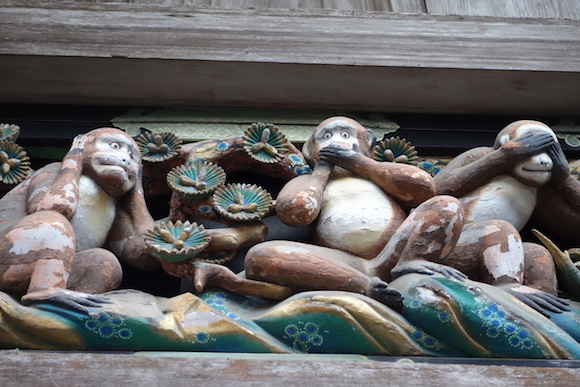
If you’re planning a trip to the UNESCO World Heritage sites at Nikko in the near future, you’ll be missing out on two of the most famous original wood carvings in the area.
Of the many shrines and temples in the famous Nikko region, located 125 kilometers north of Tokyo, one of the most revered is Tōshō-gū. Built in 1617 and dedicated to the founder of the Tokugawa Shogunate, Tokugawa Ieyasu, whose remains are enshrined within the grounds, a visit to Tōshō-gū is at the top of the list for many visitors to the area.
▼ At the entrance to the shrine is a large stone torii gate
and a beautiful five-storey pagoda.
▼ The temple grounds are shrouded in forest and
contain a large number of intricately decorated buildings.
One of the most popular sites at the temple is the world-famous “Three Wise Monkeys”, a prized wooden carving that sits beneath the eaves of the stable that houses the shrine’s sacred horses. Part of a series of eight carvings that represent the arc of life, the Three Wise Monkeys remains the most well-known, depicting a trio of youths covering their ears, mouth and eyes respectively, as the young are taught to hear no evil, speak no evil, and see no evil.
Constantly exposed to the elements, the wood carvings are in need of repair, with the shrine announcing the commencement of restoration work to all panels, which will begin once fine weather returns in a few days. Until restoration work is complete in March 2017, a replica of The Three Wise Monkeys will be put in place, while the other seven pieces will be replaced with photographic panels.
▼ This photo of the Three Wise Monkeys, taken six months ago,
shows the extent of the chipped and faded paint on the carving.
▼ Even from a distance, the damage is still visible.
In addition to the restoration of the stable carvings, the popular “Nemuri Neko” carving will also be restored. It was removed from the shrine yesterday, scheduled to return by the end of the year, with a replica standing in its place in the interim.
▼ Both the stable carvings and the “Nemuri Neko” haven’t been restored in 60 years.
The famous wood carving was created by Hidari Jingorō, a famous craftsman who was fascinated by cats and specialised in carving them in astonishingly lifelike detail. A national treasure in Japan, the Nemuri Neko, or “Sleeping Cat” was carved in the early Edo period (1603-1868) and is said to symbolise peace, as it co-exists with a sculpture of a sparrow on its underside.
Located at the entrance to the stairs that lead to Ieyasu’s tomb, the Nemuri Neko is so beloved it features on a number of amulets, goshuin stamp books, and omikuji fortunes.
The recent announcement is the latest in a number of restoration projects undertaken on the site by the Association for the Preservation of the Nikko World Heritage Site Shrines and Temples. It will be interesting to see what the wood carvings will look like once they’ve been restored and are back to their original positions in 2017!
Source: Asahi Shimbun
Photos © RocketNews24

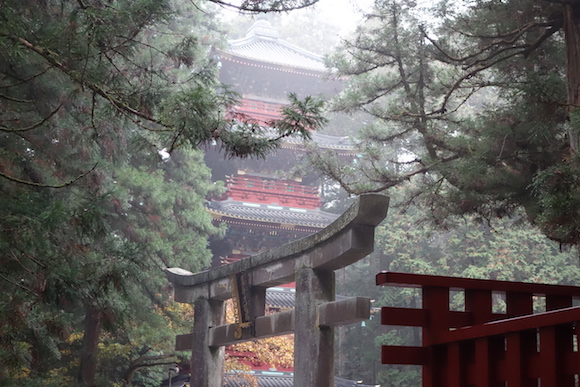
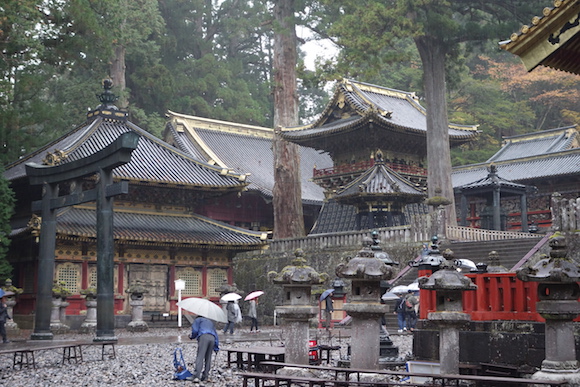
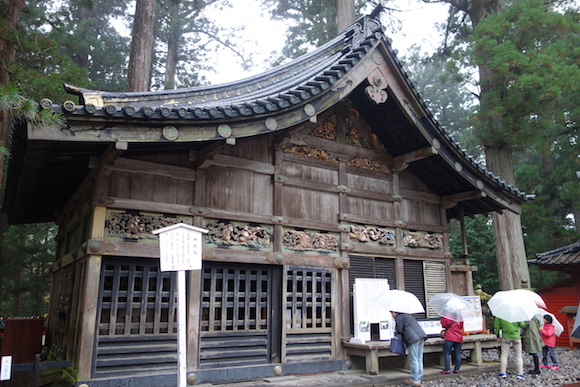
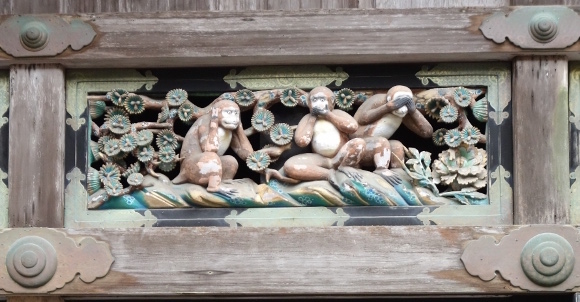
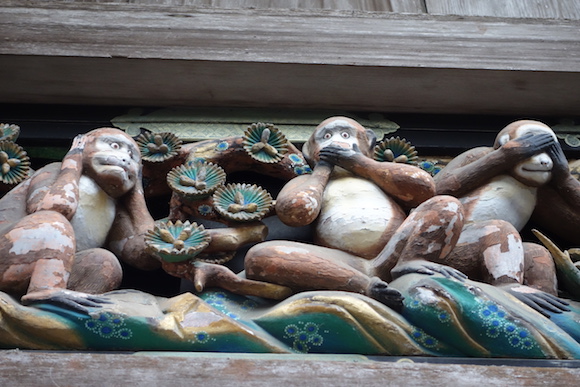
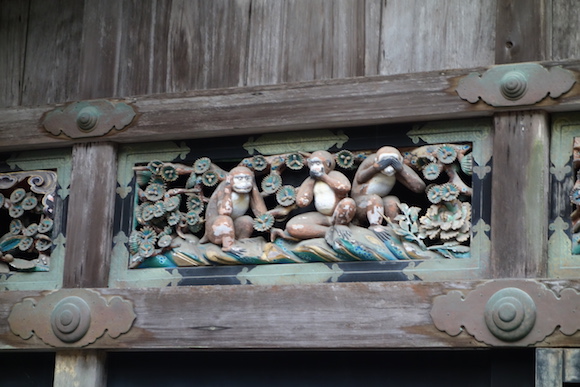
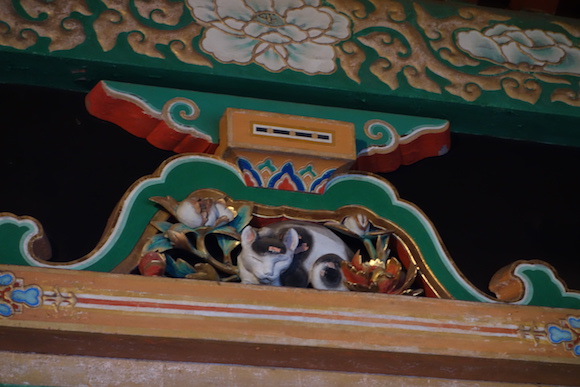
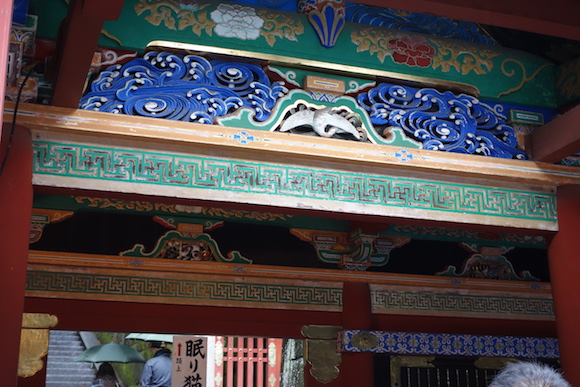
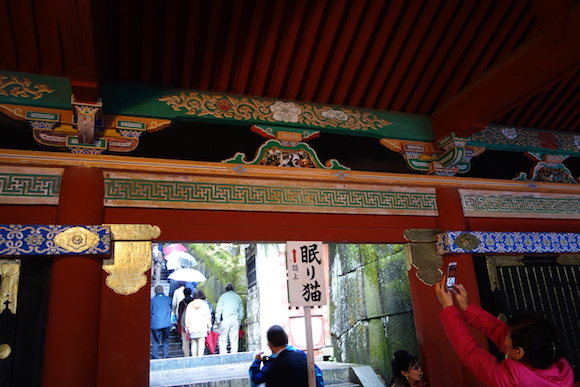
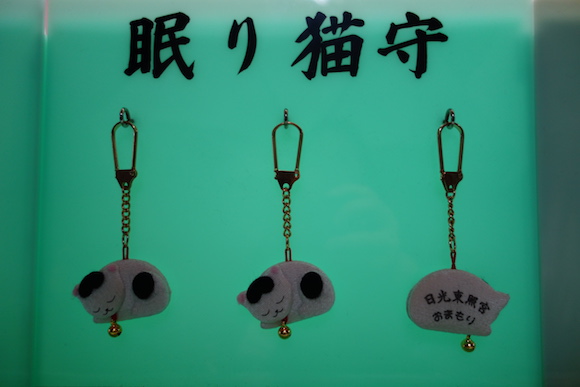
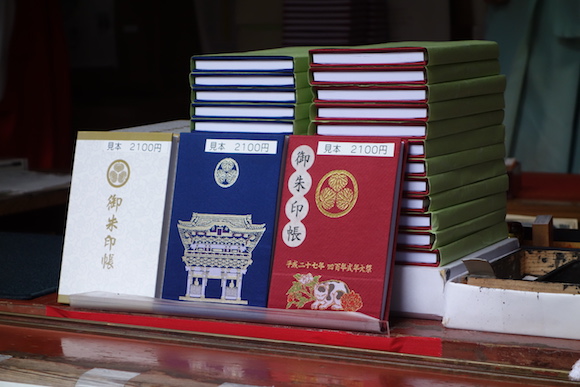
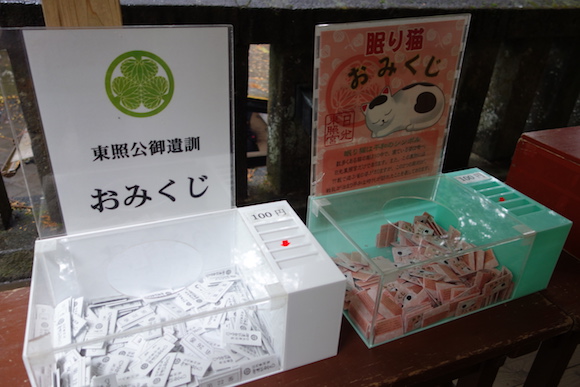
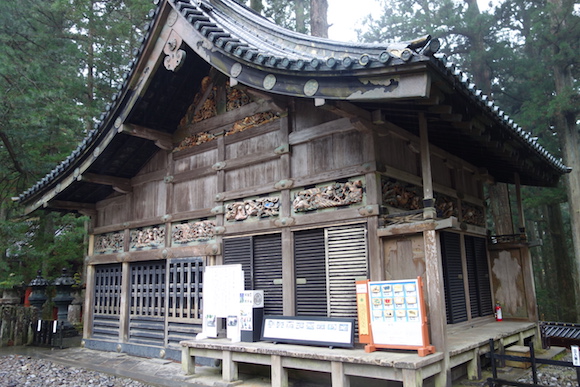
 Japan’s smallest Toshogu Shrine: A tiny wonder with a big samurai connection
Japan’s smallest Toshogu Shrine: A tiny wonder with a big samurai connection Starbucks Japan ready to get Year of the Horse started with adorable drinkware and plushies【Pics】
Starbucks Japan ready to get Year of the Horse started with adorable drinkware and plushies【Pics】 7 great places to see Mt. Fuji from without having to climb it
7 great places to see Mt. Fuji from without having to climb it New Japanese menstrual product seeks to help women spot unidentified iron deficiencies
New Japanese menstrual product seeks to help women spot unidentified iron deficiencies Survey finds more than 70 percent of Japanese children have an online friend
Survey finds more than 70 percent of Japanese children have an online friend Kyoto samurai house wants to share its history of seppuku, torture and gold coins with visitors
Kyoto samurai house wants to share its history of seppuku, torture and gold coins with visitors Starbucks Reserve Roastery Tokyo unveils exclusive sakura cherry blossom drinkware range for 2020
Starbucks Reserve Roastery Tokyo unveils exclusive sakura cherry blossom drinkware range for 2020 A close encounter with a dangerous criminal on a Shinkansen bullet train in Japan
A close encounter with a dangerous criminal on a Shinkansen bullet train in Japan “Bear” voted Japan’s Kanji of the Year for 2025 in extremely close race
“Bear” voted Japan’s Kanji of the Year for 2025 in extremely close race Daiso has giant new branch in middle of Tokyo’s Shinjuku neighborhood (and another beneath it)
Daiso has giant new branch in middle of Tokyo’s Shinjuku neighborhood (and another beneath it) Japan’s oldest largetooth sawfish in captivity back on display in Mie Prefecture
Japan’s oldest largetooth sawfish in captivity back on display in Mie Prefecture Disillusionment at Tsukiji’s tourist-target prices led us to a great ramen restaurant in Tokyo
Disillusionment at Tsukiji’s tourist-target prices led us to a great ramen restaurant in Tokyo Japan may add Japanese language proficiency, lifestyle classes to permanent foreign resident requirements
Japan may add Japanese language proficiency, lifestyle classes to permanent foreign resident requirements Lacquerware supplier to emperor of Japan and Pokémon team up for new tableware
Lacquerware supplier to emperor of Japan and Pokémon team up for new tableware Starbucks Japan releases new zodiac chilled cup drink for 2026
Starbucks Japan releases new zodiac chilled cup drink for 2026 7-Eleven Japan’s ramen-cooking robot whipped us up a bowl of noodles【Taste test】
7-Eleven Japan’s ramen-cooking robot whipped us up a bowl of noodles【Taste test】 Cyberpunk anime meets traditional culture in Ghost in the Shell gold leaf Japanese changing screens
Cyberpunk anime meets traditional culture in Ghost in the Shell gold leaf Japanese changing screens Hello Kitty Choco Egg figures are an adorable trip through three periods of Japanese pop culture【Pics】
Hello Kitty Choco Egg figures are an adorable trip through three periods of Japanese pop culture【Pics】 Japan’s otoshidama tradition of giving kids money at New Year’s gets a social welfare upgrade
Japan’s otoshidama tradition of giving kids money at New Year’s gets a social welfare upgrade Japan’s human washing machines will go on sale to general public, demos to be held in Tokyo
Japan’s human washing machines will go on sale to general public, demos to be held in Tokyo 7-Eleven Japan starts new temporary luggage storage service in over 300 branches
7-Eleven Japan starts new temporary luggage storage service in over 300 branches Starbucks teams up with 166-year-old Kyoto doll maker for Year of the Horse decorations【Photos】
Starbucks teams up with 166-year-old Kyoto doll maker for Year of the Horse decorations【Photos】 Tokyo considering law requiring more trash cans following litter increase in heavily touristed area
Tokyo considering law requiring more trash cans following litter increase in heavily touristed area Tokyo’s Tsukiji sushi neighborhood asks tour groups to stay away for the rest of the month
Tokyo’s Tsukiji sushi neighborhood asks tour groups to stay away for the rest of the month Nintendo’s Kirby now delivering orders at Kura Sushi restaurants, but not in Japan
Nintendo’s Kirby now delivering orders at Kura Sushi restaurants, but not in Japan Tokyo event lets you travel back in time, for free, to celebrate 100 years since Showa era start
Tokyo event lets you travel back in time, for free, to celebrate 100 years since Showa era start Sanrio theme park in Japan announces plans to expand into a Sanrio resort
Sanrio theme park in Japan announces plans to expand into a Sanrio resort Stamina-destroying “Paralysis Noodles” are Tokyo’s newest over-the-top ramen innovation
Stamina-destroying “Paralysis Noodles” are Tokyo’s newest over-the-top ramen innovation Survey asks foreign tourists what bothered them in Japan, more than half gave same answer
Survey asks foreign tourists what bothered them in Japan, more than half gave same answer Japan’s deadliest food claims more victims, but why do people keep eating it for New Year’s?
Japan’s deadliest food claims more victims, but why do people keep eating it for New Year’s? We deeply regret going into this tunnel on our walk in the mountains of Japan
We deeply regret going into this tunnel on our walk in the mountains of Japan Studio Ghibli releases Kodama forest spirits from Princess Mononoke to light up your home
Studio Ghibli releases Kodama forest spirits from Princess Mononoke to light up your home Major Japanese hotel chain says reservations via overseas booking sites may not be valid
Major Japanese hotel chain says reservations via overseas booking sites may not be valid Put sesame oil in your coffee? Japanese maker says it’s the best way to start your day【Taste test】
Put sesame oil in your coffee? Japanese maker says it’s the best way to start your day【Taste test】 No more using real katana for tourism activities, Japan’s National Police Agency says
No more using real katana for tourism activities, Japan’s National Police Agency says The top 10 annoying foreign tourist behaviors on trains, as chosen by Japanese people【Survey】
The top 10 annoying foreign tourist behaviors on trains, as chosen by Japanese people【Survey】 Starbucks Japan reveals new sakura drinkware collection, inspired by evening cherry blossoms
Starbucks Japan reveals new sakura drinkware collection, inspired by evening cherry blossoms
Leave a Reply